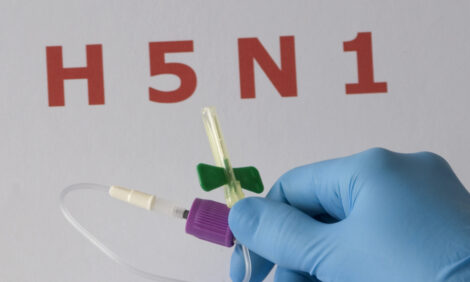



Europe's Herd Data Shows Funding Effects
EU - New European Union data could give an insight into how the EU dairy sector will look in the future and which member states may become increasingly important as milk producers.This week saw the figures for Europe’s cattle herd released, which confirmed a 1.1 per cent increase. The European dairy herd currently totals 22.9 million (+ 186,000 on 2011).
This was largely helped by stability from the German and French cattle inventories, which held steady at 4.19 million and 19 million putting an end to the decline seen in recent years.
However, according to Austrian government analysis, the increase is down to eastern herds.
There are 753,000 more cows being farmed in Hungary than at the start of last year - equating to an 8.5 per cent increase.
This is largely due to increasing targeted investment from the Common Agricultural Policy, which has been improving animal welfare, farming techniques and farm equipment with consequent effects seen on agricultural productivity with dairying benefiting alongside other arable and livestock enterprises.
Ambitious government plans suggest that this will not be the limit of Hungarian progress. With CAP payments set to rise by 11 per cent, Hungarian officials are hoping for improvements to be made for the rural economy as a whole.
Through ‘farm transfer support’ and rural development programmes, young farmers and emerging businesses will be given support in acquiring farms, land, equipment and help in diversifying income streams.
For the Agricultural Ministry the goal of the funding package is clear - to increase output of harvested products to 3.5 million tonnes by 2014.
Dairy funding schemes have also impacted on the Ukrainian dairy outlook.
One such scheme offered 12.4 million grivna in subsidies to assist farmers with three cows or more in the buying of milking machines.
Subsidies were also targeted at developing the nation’s young stock and farming facilities. Subsequently, there were 68 new dairy farms established last year.
Director of Livestock at the Ministry of Agriculture, Andrew Hetya linked the funding to production growth saying that subsidies are vital if the agricultural sector is to grow and boost the overall economy.
Improvements include a 13.6 per cent increase in dairy production for January to November on the previous year.
This included a butter production increase of 15.2 per cent and led to cheese exports rocketing 43.3 per cent.
So while US, UK and other more established milk producing nations are experiencing a blip in the milk markets, news from the EU shows that more positive prospects face emerging sectors elsewhere, which could become more important in the coming years.
Michael Priestley
News Team - Editor
Mainly production and market stories on ruminants sector. Works closely with sustainability consultants at FAI Farms



